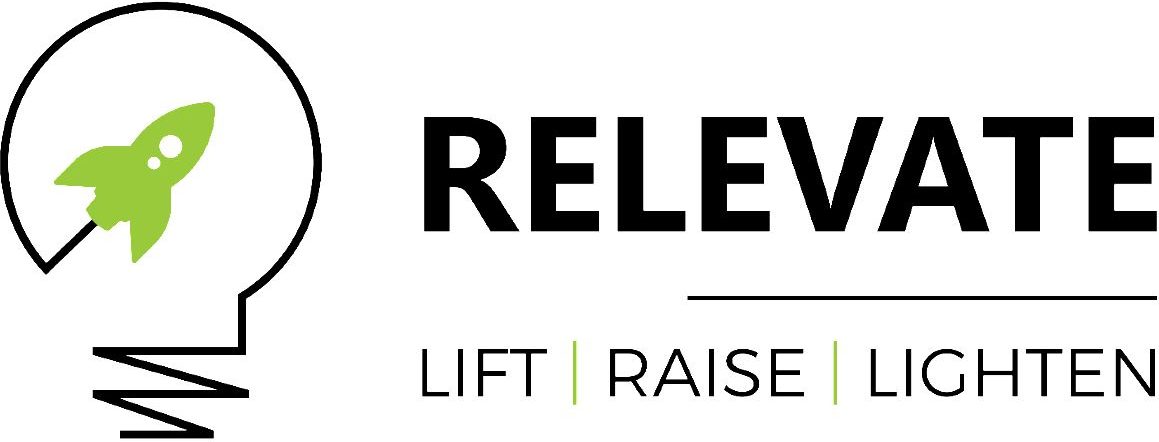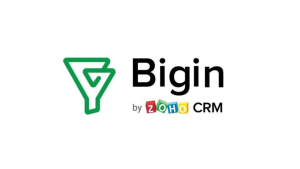Business automation. Sounds frightening, right? Like, some robot is going to come in and take over your job. Now, some may say that the niggling fear you suppress at the thought of handing over aspects of your business to a computer makes you outdated. Unwilling to embrace change. But that’s not the case – it’s your instincts kicking in. Humans are designed to fear the unknown. When faced with something new, we instinctively shrink back because we can’t predict the outcome. That instinct is the reason we’re here now, building robots to give us a helping hand.
We might no longer be running from claw-footed predators, but we are still faced with unknowns every day. The biggest unknown we now face is technology, and it can be very hard to switch off your impulse to run from the idea of letting automation become a part of your business’s daily operations. Because within the next decade or so, business automation is going to be the key to survival. We’re facing a genuine economic issue, and it’s looming on the horizon. Within the next ten years, you’ll either need to embrace some changes or face enormous difficulties running your day-to-day operations.
The problem we’re talking about is a population age group percentage shift.
Two things to know before we get started
Before we jump into our point, we want to ensure you understand two things.
- Your customers expect a personalised service every time they shop with you or use your services.
- Australia has an ageing population. Lower birth rates and longer life expectancy mean a higher percentage of the population is over the age of 65.
Population growth
The percentage of population age groups is shifting. What would you say if we told you that automation might be the answer to staving off an economic collapse?
Here’s what’s happening.
In Australia, like in most developed countries, the population is rising every year. But it’s rising at a slow rate – about 1% every year. It’s much slower than the growth rate was sixty to one hundred years ago.
Business automation and the coming workforce decline
The Baby Boomers – those born around sixty years ago – are a large percentage of our current workforce. But they’re now reaching retirement age. Their mass exodus from the workforce will cause an alarming shortage of workers. There simply won’t be enough younger Australians entering the job market to fill the gap. You also have to consider how many younger Australians are turning away from “ordinary” jobs to pursue alternative careers. Instagram influencers, crafters, cryptocurrency investors – they’re all working to make money outside the traditional 9-5. This creates a much smaller workforce for the future. So, how will this reduced workforce sustain our growing population?
Humans vs robots
So many people fear that automation will reduce the number of “human” jobs because many routine tasks can be potentially computerised. But maybe they need to look at the whole picture.
When the Baby Boomers leave the workforce, there will be a skills shortage. There simply won’t be enough people of working age to fill the gap. So, what will happen when you’re struggling to keep up with a growing business? Something must give, and from our experience, we know that nurturing customer relationships is the first to go.
Automation may be the only way to keep businesses in business.
Business automation to complement your human workers
Rather than take jobs from your workers, clever automation can do those repetitive tasks that waste valuable human skills, so consider tasks like:
- sending customer journey emails (following up on enquiries, appointment reminders etc.)
- answering basic customer questions – this is particularly valuable for your customers when your business is closed for the day
- capturing and retaining customer information
- taking payments
- offering self-service options for simple transactions.
Your customers must have an amazing experience. Every. Single. Time. They need to get the correct information when they need it. They need to feel valued with correspondence that addresses them by name. Most importantly, they need to be kept engaged to keep them coming back.
Job Killer
We are now in the midst of a really interesting evolution as we adjust to business automation. It’s a change, yes, and change can be difficult to adjust to. Technology and automation don’t mean the end of your human workforce. Instead, they can increase productivity in remarkable ways.
Surprisingly, automation has not always resulted in mass layoffs, despite its bad reputation. When ATMs were introduced, the number of human bank tellers actually increased. And when supermarkets introduced self-service scanning technology, employment rates went up.
The same could be said for your business. If business automation could free up your workers’ time, what more could they achieve for your company? Those bank tellers aren’t handling as many deposits or withdrawals since the ATM came along. Now, they have more time to sign people up for new accounts, which in turn creates more demand for employees.
No one wants to find themselves out of a job or be replaced by a machine. But automation is predicted to create the same number of jobs as it replaces.
Someday hopefully, you will have too many customers to keep up with, especially when the workforce declines over the next decade. When that happens, you need to have a system that you can rely on to track everything that goes on in your business.
Making Smart Use of Business Automation
Generating leads and keeping customers engaged should always be your top priority. And tracking customer journeys brings an onslaught of data that you’ll need to sort through if it’s going to be of any use to you. That’s the beauty of marketing automation. It turns data into meaningful information.
Customers will expect personalised services. Therefore, companies need to connect current and potential customers to the company as they move from advertising to sales to customer service. Otherwise, companies risk a disconnected customer experience with no return clients. Automation can address this pain point by creating automated customer journeys. It will keep them engaged and interested without relying on workers to keep track. This will be an even more valuable strategy as your company expands with an inevitably reduced workforce.
Smartly integrated, automated marketing strategies can be used throughout the customer lifecycle. It can provide an encouraging foundation to build strong, long-term customer relationships.
A CRM
Customers are the most integral part of your business. Creating and cultivating connections with them is the best path to success. Personalising those connections is the key to maintaining those relationships, but that’s not to say that you can’t automate those personal connections to nurture your client relationships. What you need is a clever CRM.
A Customer Relationship Management (CRM) system stores everything you need to know about your customers, including:
- phone numbers
- email addresses
- notes on every interaction they’ve had with your company
- everything they’ve bought
- web pages they have visited
- blogs they have read.
Everything from phone numbers and email addresses to notes from every interaction you’ve had with them is there. Armed with this information, you can customise your offers and messages to each individual. You can keep track of all of your customer’s interactions with your company using a CRM.
Do your staff have the time to manually keep track of that information? And if your growing business is hit with a staff shortage once the Baby Boomers leave the workforce, will you have the systems in place to continue nurturing your customers? Because, realistically, the first thing to hit the back burner during staff shortages is keeping up with customer relationships.
Embrace the Changes
When the Baby Boomers retire, they will leave a gaping hole in the workforce that you may find difficult to fill. Automation is the solution to sustaining economic growth. By implementing it now, your workers will have time to adjust to the shift in work allocation before we face the impending skills shortage.
You don’t need to fear automation as a threat. Because, at the end of the day, you will need automation to keep your customers engaged and informed.
If you’re unsure where to start and want to know more about business automation, subscribe to our newsletter to receive current news and be guided into a digital transformation that complements your human workforce. Subscribe here.








